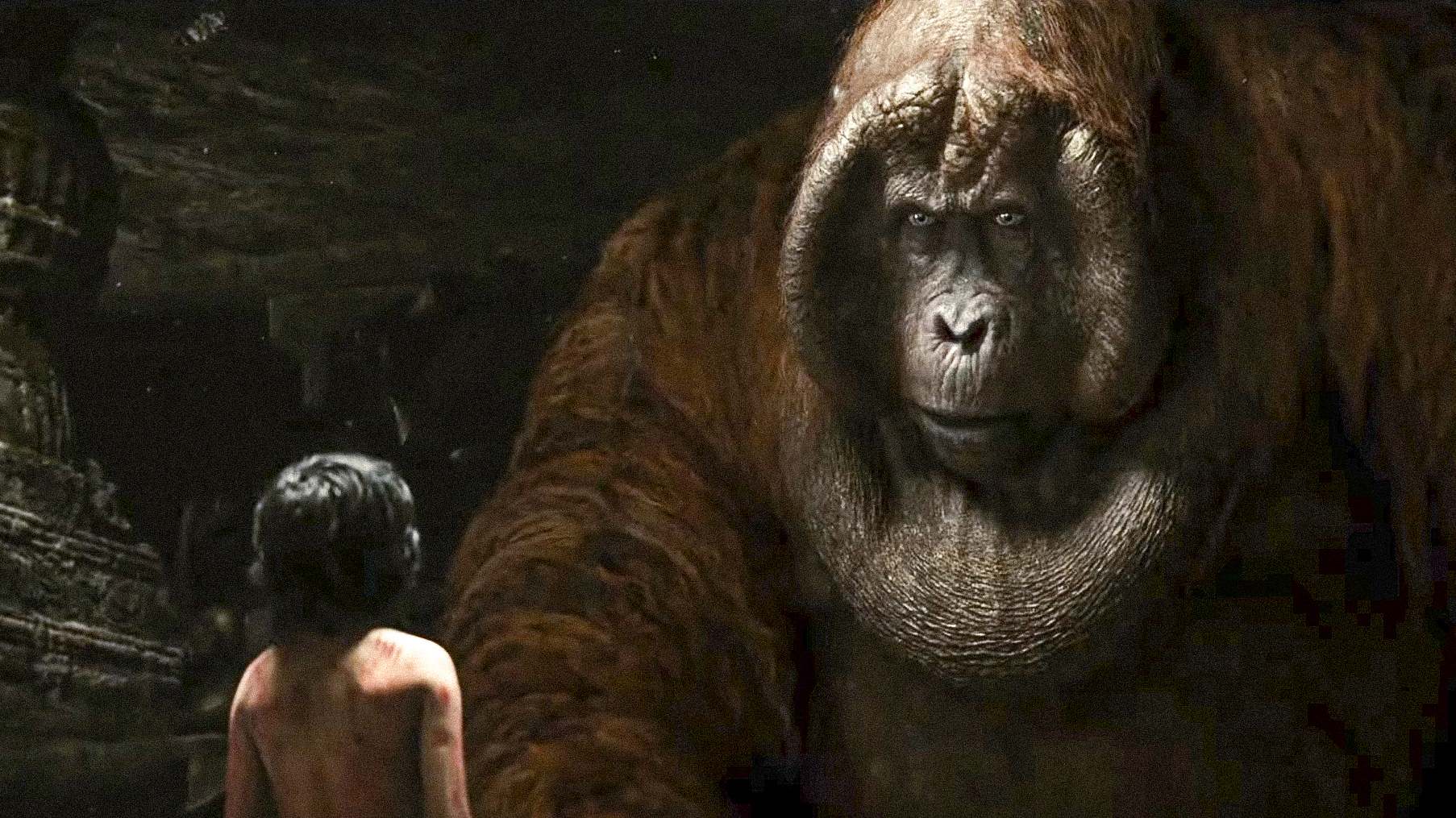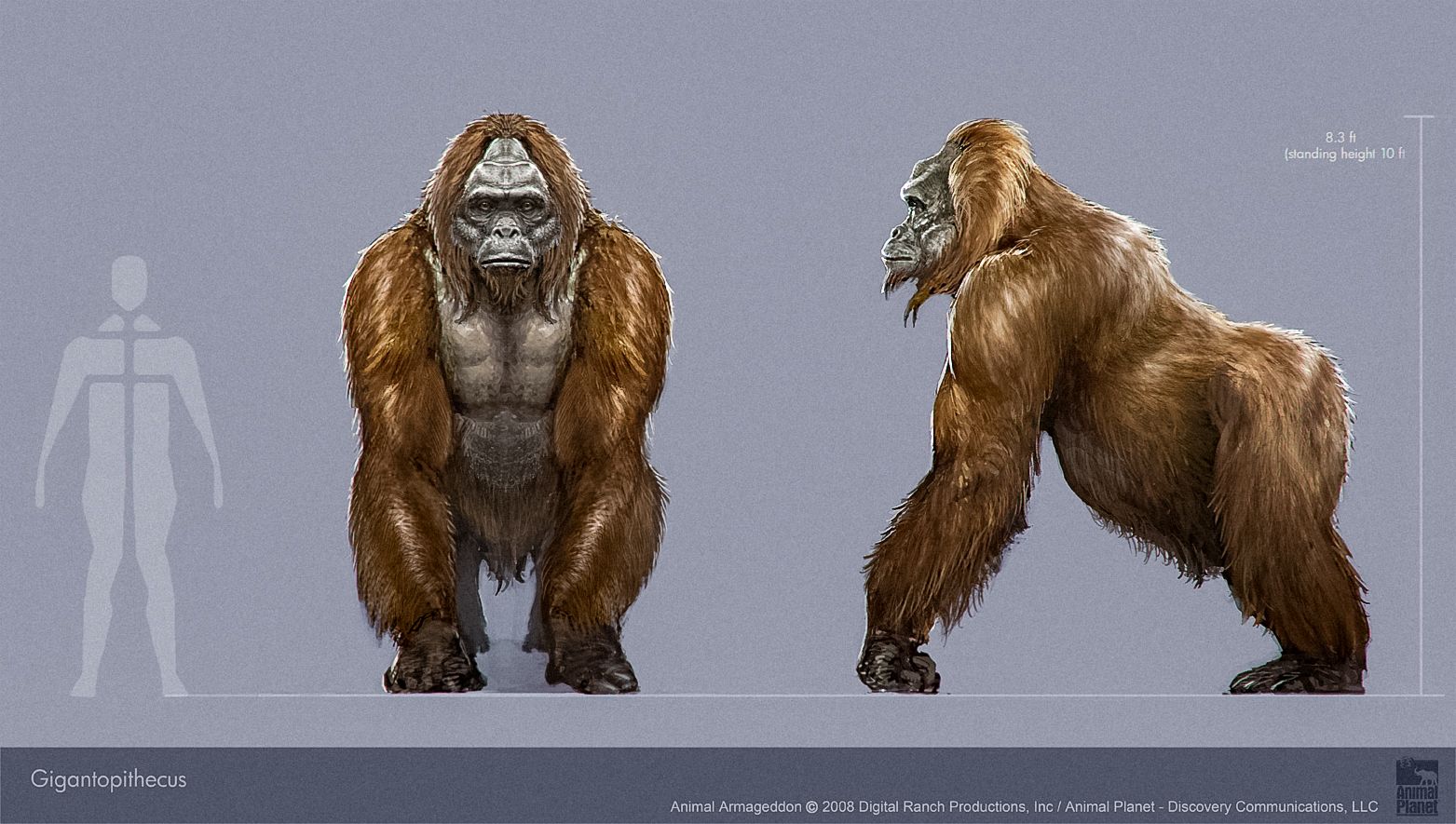The King Kong gorilla is a legend in popular culture, but did you know that there was an actual species of giant ape that roamed the earth 300,000 years ago? Unfortunately, this majestic creature is now extinct, and scientists believe that climate change played a major role in its demise.

After years of research and analysis, scientists have discovered that the decline of the King Kong ape was due to the fact that it was unable to adapt to the changing climate.
Gigantopithecus, the closest thing to a true King Kong that Nature ever produced, weighed five times as much as an adult man and stood three meters (nine feet) tall, according to shaky estimations.

It lived in semi-tropical woods in southern China and mainland Southeast Asia a million years ago. However, nearly little was known about the giant’s physical form or behaviors.
The only fossil remains are four incomplete lower jaws and maybe a thousand teeth, the first of which was discovered in Hong Kong apothecaries in 1935 and marketed as “dragon’s teeth.”
According to Herve Bocherens, a researcher at Tübingen University in Germany, these few remnants are certainly insufficient to determine whether the animal was bipedal or quadrupedal, and what its body proportions would have been.
The orangutan is its closest contemporary relation, but whether Gigantopithecus had the same golden-red color or was black like a gorilla is uncertain.

Its diet is also a mystery. Was it a carnivore or a vegetarian? Did it share a taste for bamboo with its neighbor the prehistoric giant panda Answering this riddle might also tell us why a monster that surely had little to fear from other fauna went extinct.
That’s where the teeth had a story to tell. Bocherens and an international team of scientists discovered that the primordial King Kong lived solely in the forest, was a strict vegetarian, and presumably didn’t like bamboo by examining minor changes in carbon isotopes detected in tooth enamel.

These restricted preferences did not pose an issue for Gigantopithecus until the Earth was hit by a huge ice age during the Pleistocene Epoch, which lasted around 2.6 million to 12,000 years ago.
Nature, evolution, and maybe an unwillingness to explore new foods all worked to destroy the gigantic ape at that point. Because of its size, Gigantopithecus must have relied on a vast amount of food.
Furthermore, during the Pleistocene, more and more dense forests were converted into savannah landscapes, also resulting in a lack of food supplies.
Despite this, other apes and early humans in Africa with identical dental gear were able to survive similar changes by consuming the leaves, grass, and roots provided by their new surroundings, according to the study. However, Asia’s gigantic ape, which was presumably too hefty to climb trees or hang in their branches, did not make the transition.
“Gigantopithecus probably did not have the same ecological flexibility and possibly lacked the physiological ability to resist stress and food shortage,” notes the study, which was published in a specialist journal, Quaternary International.
Whether the mega-ape could have adapted to a changing world but didn’t, or whether it was doomed by climate and its genes, is probably one mystery that will never be solved.
Climate change several hundred thousand years ago was also likely responsible for the disappearance of many other large animals from the Asian continent.
The story of the mega-ape is a reminder of the importance of understanding the impact of climate change on our planet, and the need to take action to protect the natural world.




